How safe is the sponge?
The birth control sponge may have side effects, but it’s totally safe for most people. Some conditions make the sponge harder to use.
Is the sponge safe for me?
Most people can use the contraceptive sponge safely and easily, but it may not be right for you if:
-
you’re allergic or sensitive to spermicide, sulfites, or polyurethane
-
you're not comfortable putting your fingers in your vagina
-
you have trouble putting in the sponge
-
you’ve recently had an abortion, miscarriage, or birth
-
you have an infection in or around your vagina
-
you have a history of toxic shock syndrome (TSS)
You shouldn't use the sponge when you have your period or have any kind of vaginal bleeding. Using the sponge can increase your risk of toxic shock syndrome, a rare but serious disease.
What are the risks of the sponge?
Nonoxynol-9, the ingredient in the sponge’s spermicide, may irritate your vagina. That irritation increases your risk for HIV and other STDs because it gives infections an easy pathway into your body. (Using condoms along with your sponge is a great way to help prevent the spread of STDs and get extra protection from pregnancy.)
If your vagina or your partner’s penis feels sore or irritated after having sex with the sponge in, one of you may be sensitive to its ingredients. If you rule out other possible causes, like an STD or a sensitivity to any latex condoms and/or lubricants you may be using, and the irritation keeps happening when you use the sponge, it may not be a good birth control method for you.
Sponge users may be at a slightly increased risk of toxic shock syndrome (TSS), a super rare but serious disease. Warning signs of TSS include:
-
a sudden high fever
-
a rash that looks and feels like a sunburn
-
diarrhea or vomiting
-
a sore throat
-
aching muscles and joints
-
dizziness, faintness, and weakness
If you notice any of these symptoms, take out your sponge and call a doctor right away.
To lower your risk for TSS:
-
Don’t leave the sponge in place longer than 30 hours.
-
Don’t use the sponge soon after an abortion, giving birth, or a miscarriage. Ask your doctor when it’s safe to use the sponge.
- Never use the sponge during your period.

 Abstinence
Abstinence
 Breastfeeding
Breastfeeding
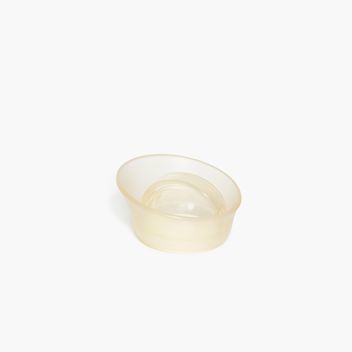 Cervical Cap
Cervical Cap
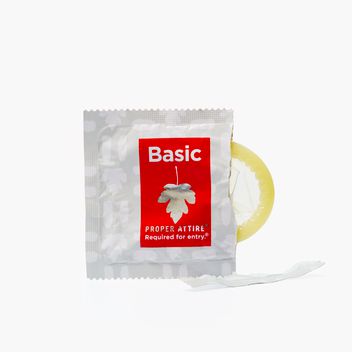 Condom
Condom
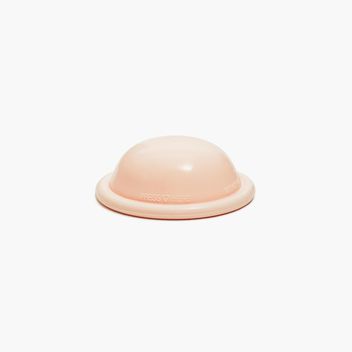 Diaphragm
Diaphragm
 FAM
FAM
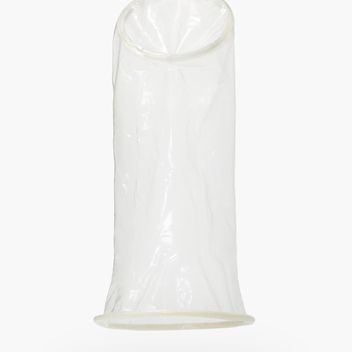 Female Condom
Female Condom
 Implant
Implant
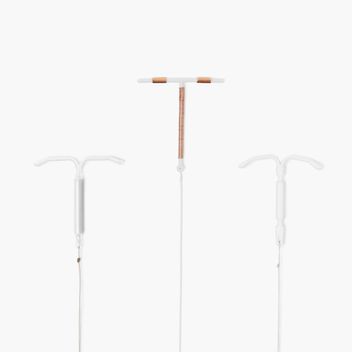 IUD
IUD
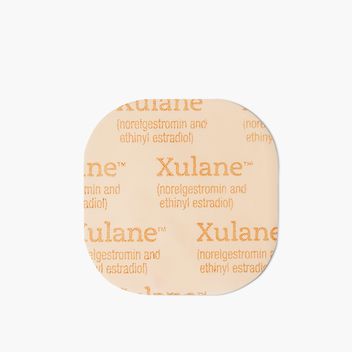 The Patch
The Patch
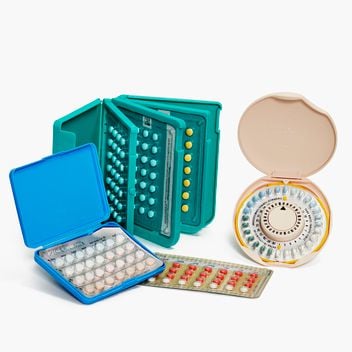 The Pill
The Pill
 The Ring
The Ring
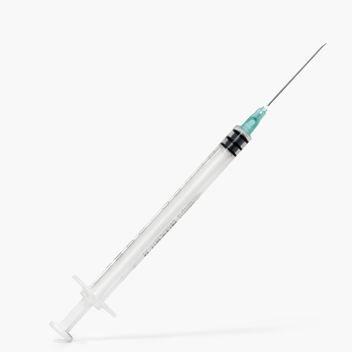 The Shot
The Shot
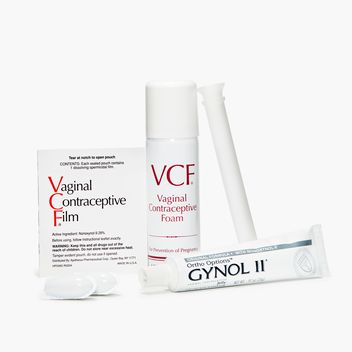 Spermicide
Spermicide
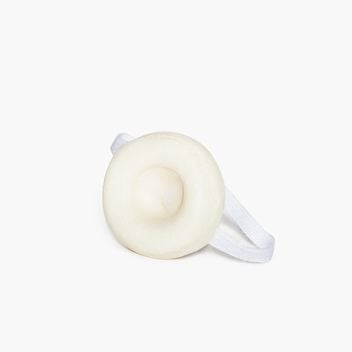 Sponge
Sponge
 Sterilization
Sterilization
 Vasectomy
Vasectomy
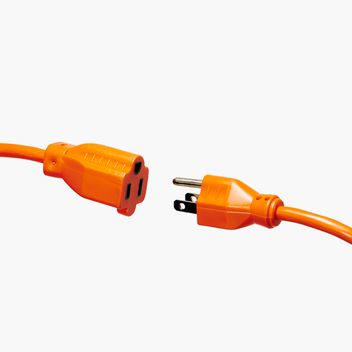 Withdrawal
Withdrawal